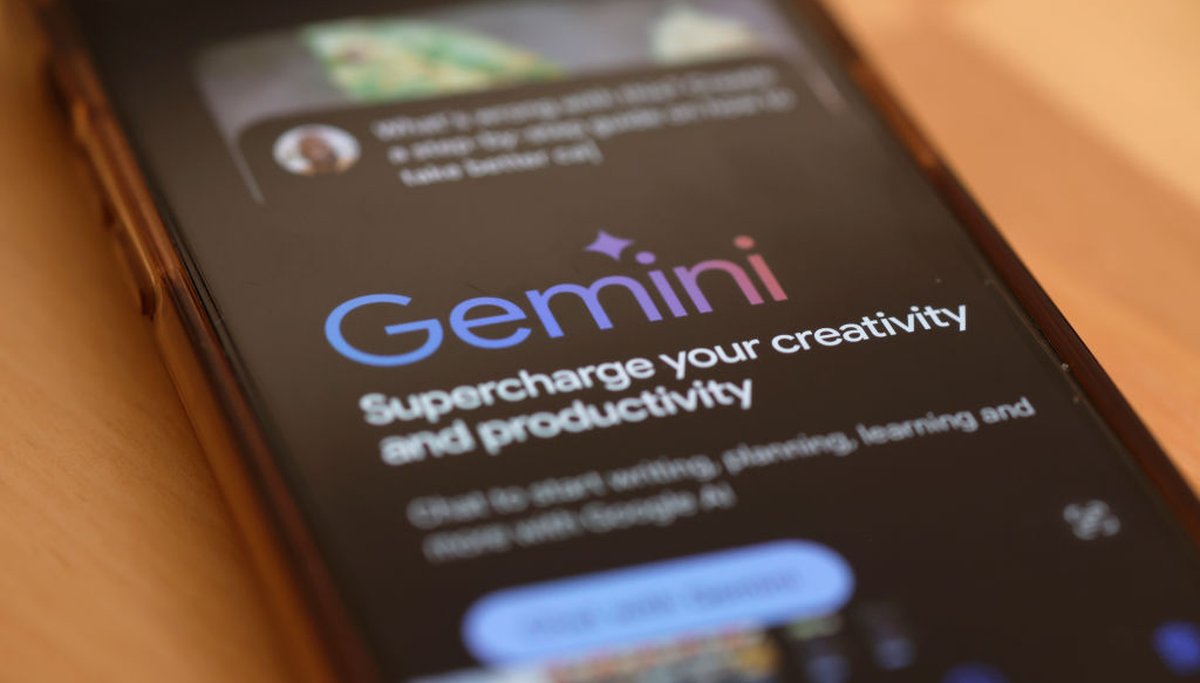Google has developed a tool that promises to identify text generated by Gemini models. The solution called “SynthID” can be implemented in third-party applications.
Created by Google DeepMind, a division of Google focused on the development of artificial intelligence and mass technologies. SynthID marks AI-generated content with human-imperceptible watermarksbut it was noticed by machines. These digital identifiers are embedded in synthetic images, sounds, text or videos.
In text outputs, SynthID acts as a logits processor implemented in the model generation flow. Essentially, the tool creates a detectable and hidden pattern in text rendering, but does not interfere with the quality of the results.
As a result, watermark detection is probabilistic; well, The probability that the content is the work of artificial intelligence is between 0% and 100%. In the production-level implementation available at Hugging Face, the tool displays three different states: watermarked, unwatermarked, or ambiguous, and the values for each state can be set manually.
Therefore, Google’s detector cannot provide 100% certainty that a text was created by a generative model, but instead can tell you how likely it is that the content is synthetic.
Detection is limited
Just like other similar tools, SynthID has its limitations: real, concise answers, tends to be less effective. That’s because “there are fewer opportunities to increase throughput without reducing accuracy,” according to Google’s report.
Another obstacle is When the AI-generated text is completely rewritten or translated into another language. In this case, the patterns created by the watermark may disappear.

“SynthID text is not designed to directly prevent motivated adversaries from causing harm. However, it can make it harder for malicious websites to repurpose AI-generated content and can be combined with other approaches to provide better coverage across multiple types of content and platforms,” explains DeepMind.
Then, SynthID is not infallibleTherefore, it is a good practice not to trust their reviews 100%. Therefore, it is not surprising that academic work evaluators, lawyers, and other reviewers rely on this tool to accuse authors of plagiarism.
SynthID is currently available in Hugging Face Transformers version 4.46.0 (or newer) and has a reference implementation available on GitHub. All documentation regarding the tool is available on Google’s official website.
Source: Tec Mundo
I am a passionate and hardworking journalist with an eye for detail. I specialize in the field of news reporting, and have been writing for Gadget Onus, a renowned online news site, since 2019. As the author of their Hot News section, I’m proud to be at the forefront of today’s headlines and current affairs.











